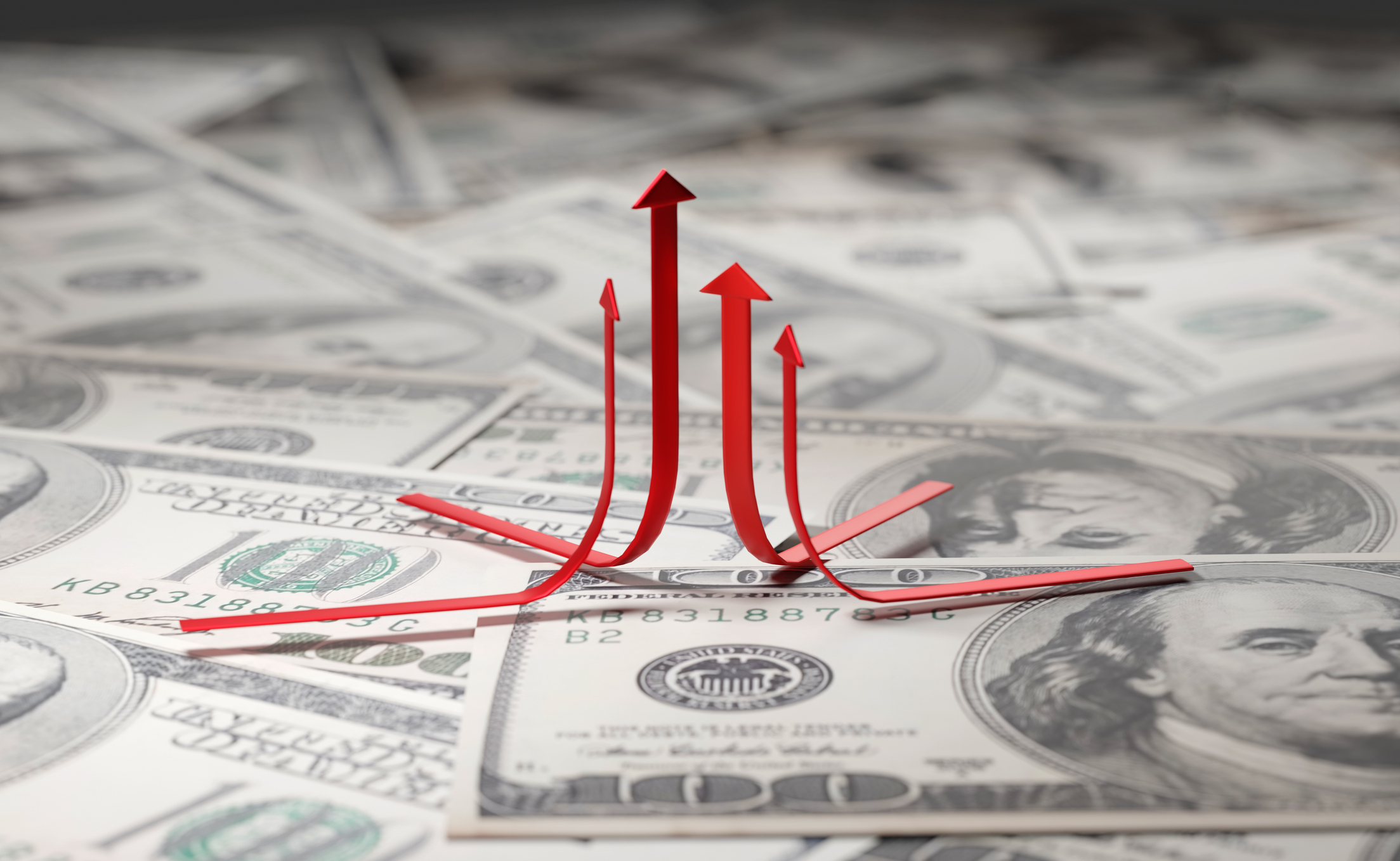Cyclically adjusted p/e ratio (Cape)
A classic price/earnings ratio is the relationship between the current share price and one year's earnings, usually the last year, or a forecast for the year ahead...
The price/earnings (p/e) ratio is a popular measure for assessing whether a share is cheap. It’s simple to calculate – you just divide the share price by earnings per share. A low number (eg, below ten) suggests that you aren’t paying much for each £1 of earnings, while a high number indicates a stock may be expensive (unless it’s growing rapidly).
The p/e ratio has one obvious weakness. Using just one year of profits means a stock – particularly one in a cyclical business, such as mining – can look cheap because profits happen to be peaking at that point and are set to plunge when business turns back down in line with the economic cycle. An analyst looking at a single company may be able to assess whether current earnings are cyclically high or low, but that’s more difficult when considering the valuation of the overall stockmarket. The cyclically adjusted price/earnings (Cape) ratio tries to compensate for this by using average inflation-adjusted earnings over the past ten years, smoothing the effects of the economic cycle.
A 1988 paper by John Young Campbell of Princeton and Robert Shiller of Yale University concluded that the level of the Cape ratio was strongly negatively correlated with long-term returns: when it is high, future returns are lower. (The ratio is also known as the Shiller p/e due to Shiller’s role in popularising it.) The Cape ratio later indicated that the US market was very expensive ahead of the dotcom bust in 2000, which helped it gain a name for itself, even though Shiller did point out that it is not a short-term forecasting tool.
Subscribe to MoneyWeek
Subscribe to MoneyWeek today and get your first six magazine issues absolutely FREE

Sign up to Money Morning
Don't miss the latest investment and personal finances news, market analysis, plus money-saving tips with our free twice-daily newsletter
Don't miss the latest investment and personal finances news, market analysis, plus money-saving tips with our free twice-daily newsletter
It also signalled more weakly that stocks had become cheap during the 2008-2009 crisis (but did not fall as low as it had in past crises). This suggests that care is needed when comparing a Cape ratio with its long-term history – in part because accounting standards and the composition of an index change over time.
Get the latest financial news, insights and expert analysis from our award-winning MoneyWeek team, to help you understand what really matters when it comes to your finances.
MoneyWeek is written by a team of experienced and award-winning journalists, plus expert columnists. As well as daily digital news and features, MoneyWeek also publishes a weekly magazine, covering investing and personal finance. From share tips, pensions, gold to practical investment tips - we provide a round-up to help you make money and keep it.
-
 Buying infrastructure funds - 'cheap is not always cheerful'
Buying infrastructure funds - 'cheap is not always cheerful'Opinion Well-balanced infrastructure funds offer better prospects than high-yielding renewables funds, says Max King
-
 The new products and growth sectors driving America’s long-term winners
The new products and growth sectors driving America’s long-term winnersOpinion Felix Wintle, manager of the VT Tyndall North American Fund, highlights three favourite US stocks where he'd put his money

